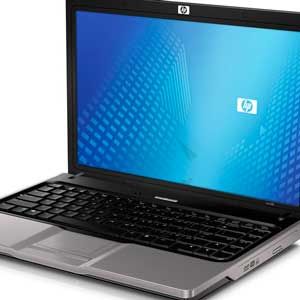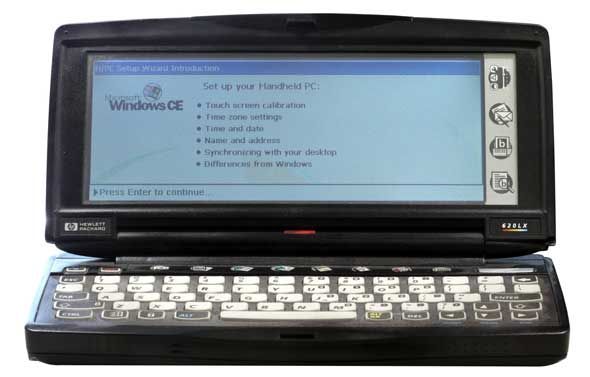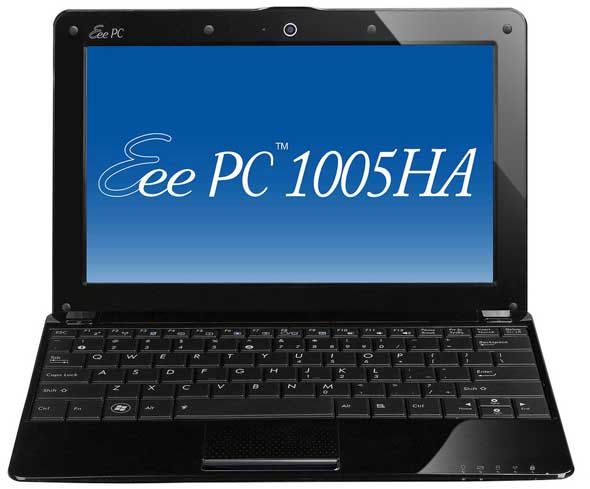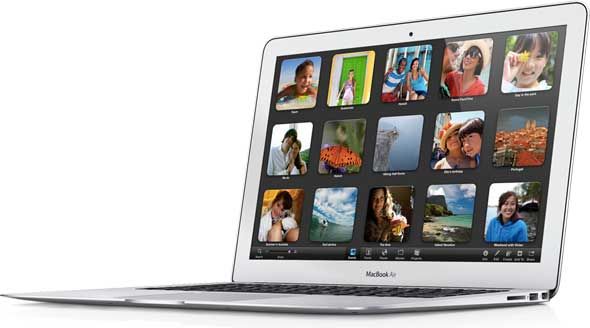In a time not so long ago, the only choice to make between computing devices was between a hulking great desktop, or a laptop … which was still fairly huge. The constant miniaturization of technology and need for manufacturers to differentiate their products has now given us a smorgasbord of sizes; each with their own name. Let me show you the differences.
Order of Size
Generally speaking, we can actually give a fairly broad ranking of these names by size, from smallest to largest:
- Palmtop
- Netbook
- Ultrabook
- Notebook
- Laptop
It may be more accurate to say this is in order of portability - since you can get a bigger screensize on a particular ultrabook than you would on a particular notebook; however, the notebook would be thicker and heavier.
With that out of the way, let’s look at some examples of each and their defining characteristics. All of these devices share one characteristic though: they all feature a clamshell design - that is, they had a screen in the lid, and it opens and closes like a clamshell; we won’t be talking about tablets or touchscreen mobile devices here.
Palmtops
The smallest devices that could give you a full computing experience, most palmtops ran a special low powered version of Windows called Windows CE, but there were later models running that could run regular Windows XP. With the advent of smartphones, the palmtop computer was made obselete and you can’t really buy one today (though you could probably track a few down in second hand shops in Japan). These devices had a screensize of around 6–7 inches. (Pictured: the HP–760LX)
Netbooks
With a screensize of around 9 –10 inches, netbooks were quite popular before the iPad launched. They represented a truly portable full computing platform, with a tactile keyboard (ie, one you can actually push the buttons on rather than simply touch).
Although impractical for daily use, they run Windows so you can use all the applications you’re used to - as opposed to a tablet or mobile phone, which can’t run regular Windows applications.
Their popularity has declined in recent years, but you can certainly still buy them for around $200 - $500. They are suitable for daily computing tasks, but gaming and intensive applications like Photoshop or video editing are not possible. (Pictured: the Asus EEE-pc)
Ultrabooks
These are the new breed of “ultra-portable notebook” - typically weighing less than 1.5kg, and extremely thin. The word was invented by PC manufacturers as a direct response to the Apple Macbook Air, the first true “ultrabook”. Despite the thin profile of ultrabooks (less than 2cm), screen sizes can often rival “normal” notebooks - anywhere from 11 to 15 inches. Most are equipped with SSD hard drives - these are silent, lighter, and much faster than regular HDDs, giving an “instant on” feel that avoids lengthy boot-up times. Although much faster, SSDs are more expensive than HDDs, so you’ll get less GBs for your money - just 128gb wouldn’t be unusual in an ultrabook. Ultrabooks also typically don’t have a DVD-drive, so bear this in mind if you’re shopping for a laptop to play your DVDs on.
Suitable for most computing tasks and lightweight gaming, they will struggle with the higher end 3D games. Ultrabooks can vary in price between around $700 to $1500. (Pictured: the Macbook Air)
Notebooks and Laptops
Historically, a laptop was a little larger, designed to be a replacement for a desktop that could still sit in your lap. Notebooks were simply a little smaller than laptops - something you could carry around anywhere, synonymous with a paper “notebook”. Nowadays however, there is no distinction. Manufacturers will use the terms notebook and laptop interchangeably; and it’s rare to see the term laptop used at all now.
Notebook is a bit of a catch-all. Anything that isn’t any of the above, is a notebook, so attempting to define price ranges is impossible; top of of the line notebooks can go as high as $4000. Screen sizes vary between 12 - 18 inches, though 15" is the average. You can get notebooks with a powerful graphics card too for 3D gaming, though this isn’t true for all notebooks. Notebooks will usually have a DVD-drive and large hard disks; if they didn’t they would probably be termed ultra-books instead. (Pictured: a top-end Alienware notebook, an incredibly powerful machine)
I think that should explain the main differences; if you’re looking to buy a portable computer, I’d suggest our free downloadable 2012 notebook buyers guide. If you’d like to learn more about computing, check out the rest of our MakeUseOf Explains series.





